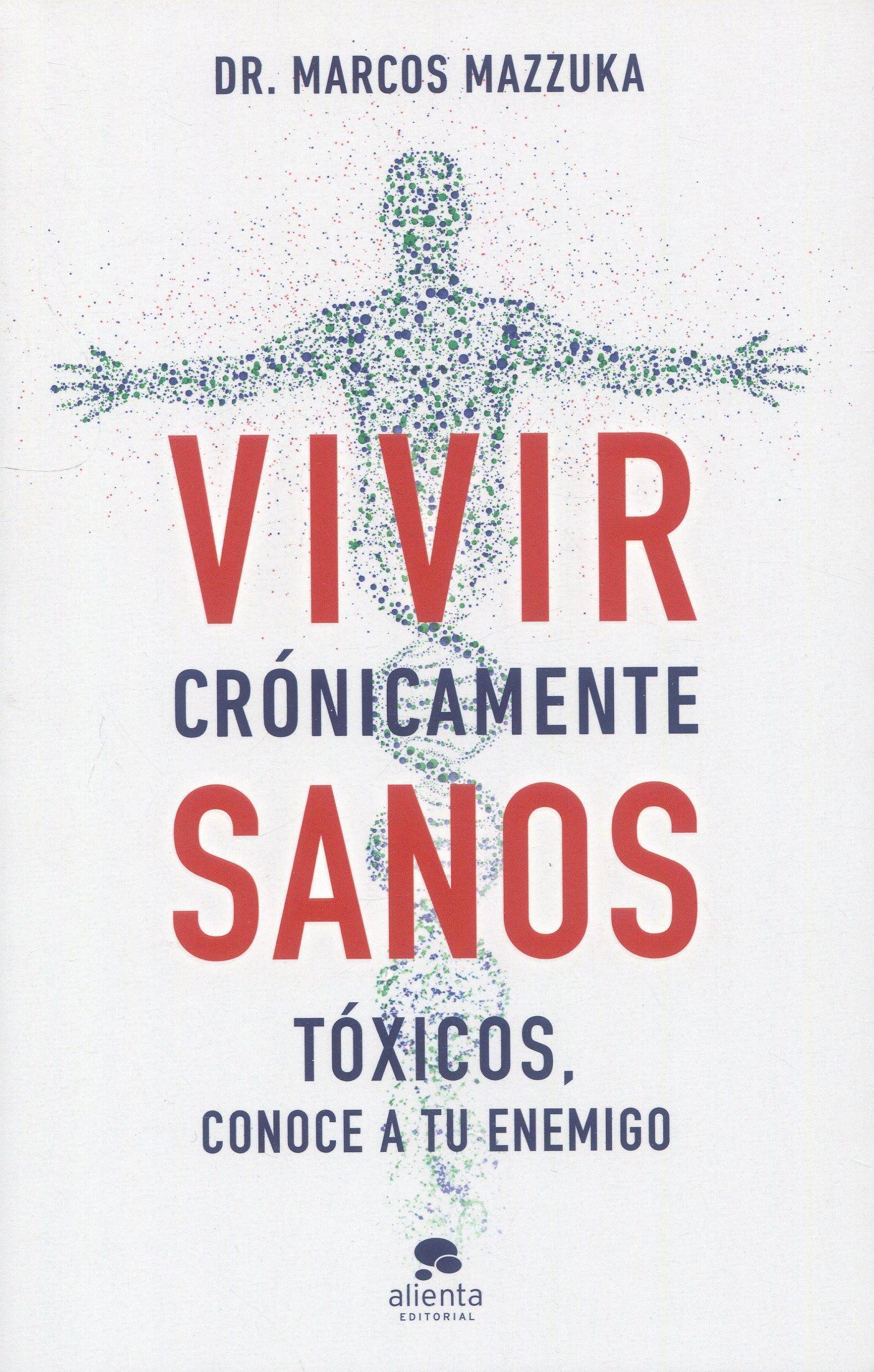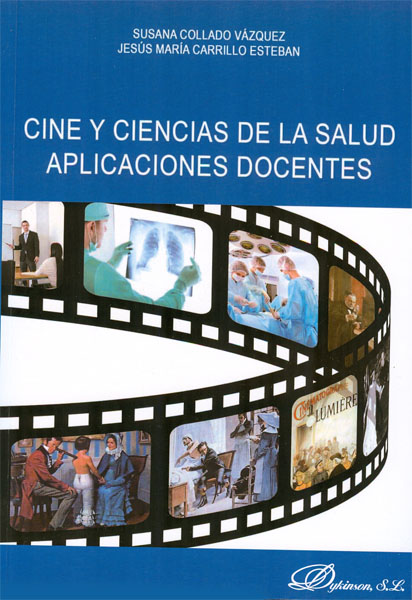Health information technology evaluation handbook from meaningful use to meaningful outcome
Governments and clinical providers are investing billions of dollars in health information technologies. This is being done with the expectation that HIT adoption will translate into healthier patients experiencing better care at lower cost. As the first wave of adoption comes to an end, stakeholders are ready to evaluate the results of their investment and make decisions about future directions. As a result, structured evaluations of a projects impact are an essential element of the justification for investment in HIT. This book provides an easy-to-read reference outlining the basic concepts, theory, and methods required to perform a systematic evaluation of HIT.
Health Information Technology Evaluation Handbook: From Meaningful Use to Meaningful Outcome provides an easy-to-read reference outlining the basic concepts, theory, and methods required to perform a systematic evaluation of HIT. This book:
- Covers key domains of HIT evaluation; study structure and design; measurement fundamentáis, results analysis, communicating results, guidelines development and reference standards
- Provides a review of study methodologies and approaches that can be used in HIT evaluation
- Ineludes basic statistical methods, commonly used tools, and sample size calculations
- Discusses health economic basics and the main types of cost analysis applied to HIT
Describes clinically oriented outeomes of interest and methods for data
AUTORES: VITALY HERASEVICH y BRIAN PICKERING
MÁS TÍTULOS RELACIONADOS: CIENCIAS DE LA SALUD
Preface. The Foundation and Pragmatics of HIT Evaluation. Structure and Design of Evaluation Studies. Measurement Fundamentals. Analyzing Results of Evaluation. Proposing and Communicating Results of Evaluation Studies. Safety Evaluation. Cost Evaluation. Efficacy and Effectiveness Evaluation. Usability Evaluation. Guidelines and Frameworks. Working with Industry. Case Study: Negative Results. SWIFT Score. Case Study: Positive Results. AWARE EMR Dashboard.
Dr. Vitaly Herasevich, MD, PhD, MSc is associate professor of anesthesiology and medicine in the Department of Anesthesiology at Mayo Clinic. He received his medical degree in Belarus, and obtained a PhD in interventional cardiology. Later he finished MSc in clinical research at Mayo Clinic and became a Certified Professional in Healthcare Management Systems (CPHIMS). His interest in the area of clinical informatics extends back more than 18 years and organized around computerized systems in the fast-paced hospital environment such as intensive care. He has specific interest in clinical syndromic surveillance alerting systems, clinical data visualization and complex large data warehousing for clinical analytics with more recent interest in healthcare cybersecurity.
Brian W. Pickering, MD, MSc is the program director of the clinical informatics program and assistant professor of anesthesiology in Department of Anesthesiology at Mayo Clinic. He received his medical degree from Trinity College, Dublin. This was followed by anesthesiology and critical care training in the College of Anaesthetists, RCSI, Dublin and a masters in Molecular neuroscience from Bristol University, UK. He is the author of over 30 peer reviewed articles in clinical informatics and has extensive experience in the development, testing and implementation of HIT in the acute care setting. He shares a clinical informatics laboratory with Dr. Herasevich and together they teach a «Health Information Technology evaluation» class in the Mayo Graduate School of Medical Education.














